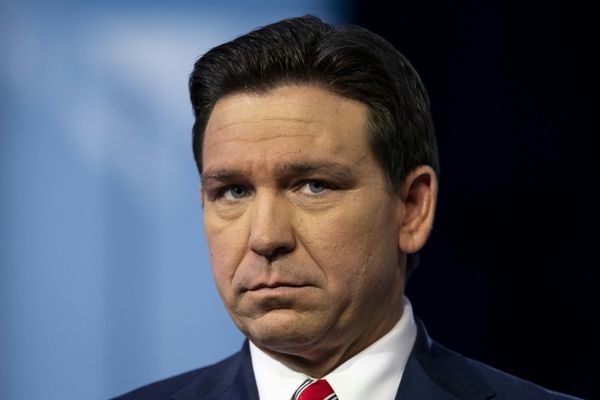
There was a brief period when the Bank of England was poised to cut interest rates and cut them quickly. Official figures showing strong wage growth appear to have ruled that out, at least for the time being.
That is because policymakers at the central bank are likely to consider persistently high pay rises as inflationary. With prices already on track to edge up this year in response to elevated energy prices, only one or two quarter-point reductions in the cost of borrowing are possible without letting inflation jump even higher.
There is always an element of doubt about the labour market figures from the Office for National Statistics (ONS), which have taken a battering from MPs concerned about their accuracy after a drop-off in survey respondents.
On the basis that they remain the best estimate by the ONS, a judgment that annual wage rises including bonuses hit 6% in December from 5.5% in November, when City analysts expected wages to increase by 5.9%, must be taken seriously.
It is not a large difference between the expectation and the data from the ONS, but the direction of travel is very much upwards.
The Bank expected wage growth to accelerate. It expected an average increase in the fourth quarter of 6.3%.
As the consultancy Capital Economics points out, data from HMRC shows employee wage growth up to January eased from 6.6% to 5.9% between November and January from the previous three months.
Taking into account figures showing unemployment was steady at 4.4% in December and vacancies fell only slightly, Capital Economics said: “Overall, today’s data release provides little evidence that the Bank will deviate from its current gradual approach to interest rate cuts.”
The chancellor, Rachel Reeves, will read the data and could conclude that all the doom and gloom about her budget was overdone.
The labour market was weakening before the October event and has continued to do so afterwards and only very slightly.
Some retailers are blaming the tax rises in the budget for their financial troubles when it could be argued that their lack of cash is a result of boardroom mismanagement.
Chancellors need to see past the pleading of some business sectors and resist the temptation to panic when the figures show the situation remains steady.
However, there is another way to read the surprisingly strong increase in wages growth, which is even higher in the private sector at 6.2%, offset by a much lower increase in the public sector of 4.7%.
That is to ask how the main drivers of higher wages – the hospitality, retail and construction sectors – can afford the extra costs when they are also the ones arguing most strongly against the rise in employer national insurance contributions in April?
Maybe they are scrambling in a competitive market for workers while their margins get squeezed. The British Chambers of Commerce says that is definitely the way to think about businesses large and small.
It says the most recent survey of its members reveals that four-fifths (79%) cannot easily find the staff they need to fill roles.
“At the same time, three-quarters of businesses say labour costs are the biggest pressure they face to raise prices,” it adds.
The tightness of the labour market, even after a rise in unemployment and fall in vacancies, illustrates how much work the government must do to improve skills and bring people of working age back into the labour market before wages track downwards and borrowing costs become much cheaper.







